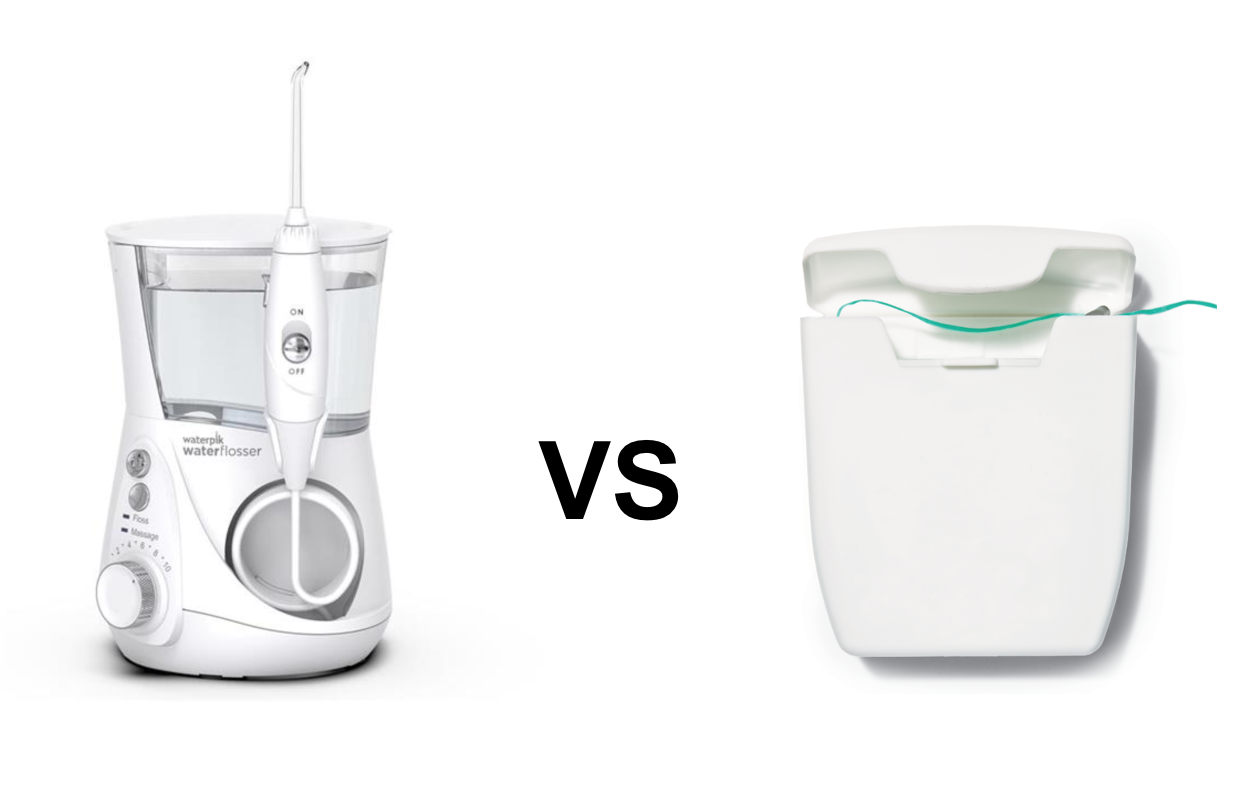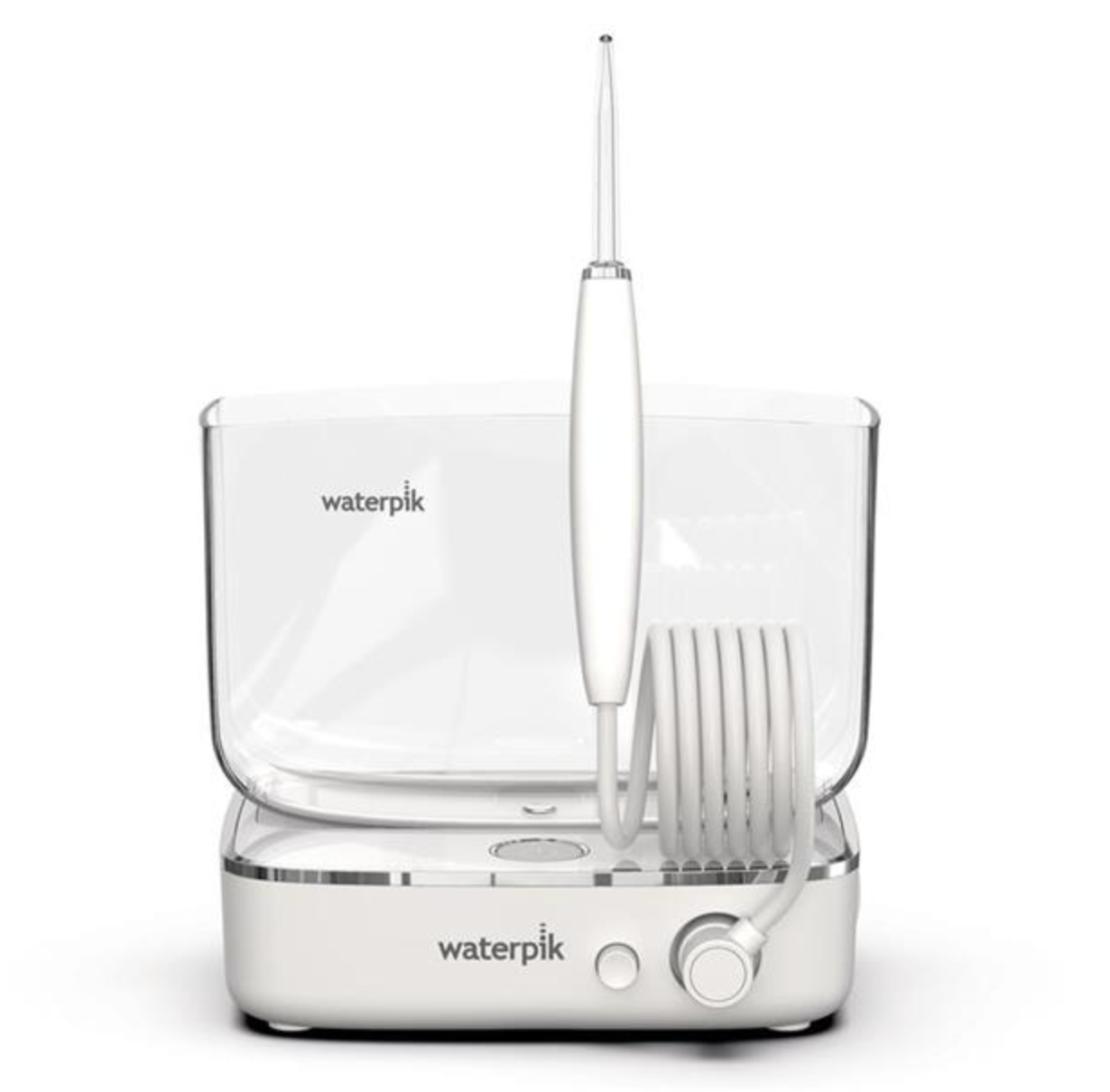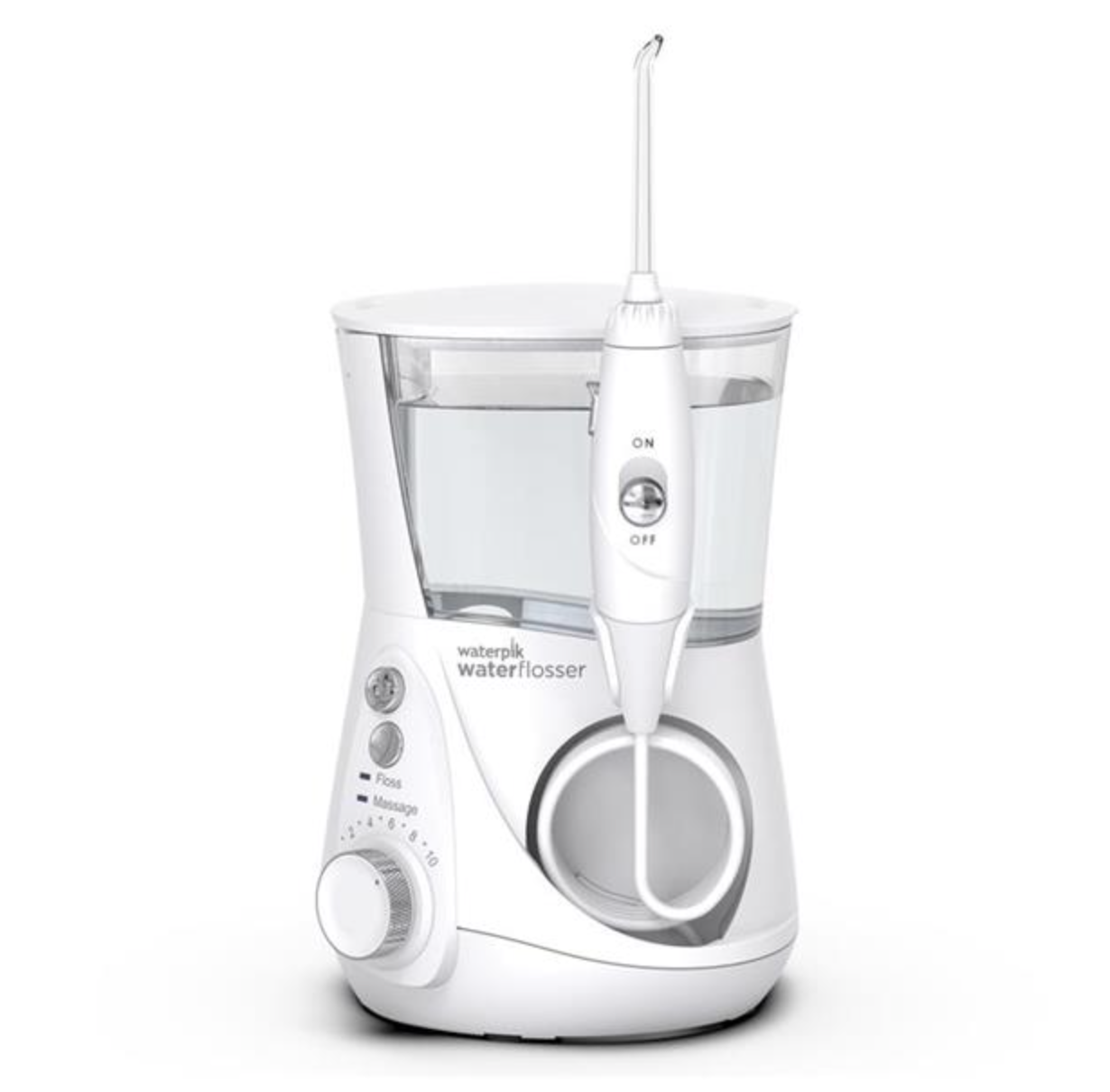Oral hygiene is a crucial aspect of overall health and well-being. Tartar, otherwise known as calculus, is a common problem that can lead to tooth decay and gum disease. While regular brushing and flossing are important for maintaining oral health, many people turn to water flossers as an additional tool. But can a water flosser remove tartar?
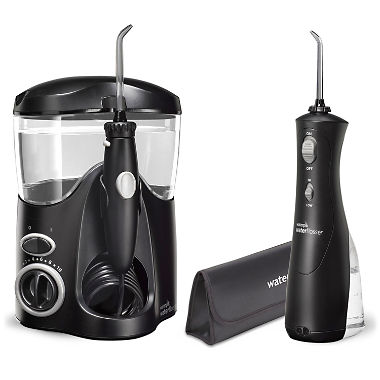
While a water flosser can be used to prevent tartar, you will have to visit the dentist to have any calculus buildup removed. In this article we will explore how calculus is formed and what it takes to have it removed.
What is Tartar and How Does it Form?
Tartar is a hard, mineral buildup that forms on teeth and along the gum line. It is a result of bacteria, food particles, and saliva combining and calcifying over time. If left untreated, tartar can cause a range of dental problems, including gum disease and tooth decay.
Can a Water Flosser Remove Tartar?
Water flossers work by using a stream of water to remove food particles and plaque from between teeth and along the gum line. While they are effective in removing plaque, water flossers are not as effective in removing tartar. The reason for this is that tartar is a hardened substance that cannot be removed by simply flushing it away with water. However, water flossers can still play a role in preventing tartar buildup by keeping teeth and gums clean and free of plaque.
Limitations of Water Flossers in Removing Tartar
It is important to understand that water flossers are not a replacement for regular dental check-ups and cleanings. While they can help prevent tartar buildup, they cannot completely remove it. Other oral hygiene tools, such as interdental brushes or dental floss, also have limitations in removing tartar. The only way to completely remove tartar is through a professional dental cleaning by a dentist.
How to Prevent Tartar Formation
In addition to using a water flosser, there are several other ways to prevent tartar formation. Daily brushing with a fluoride toothpaste, flossing, and using an antiseptic mouthwash can help keep teeth and gums healthy and prevent tartar buildup. Regular dental check-ups and cleanings are also important for maintaining oral health and removing any tartar that may have formed.
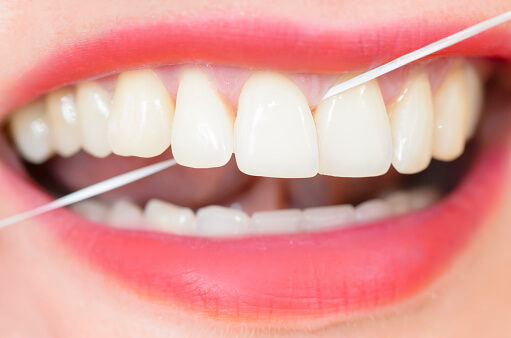
The Role of Dentists in Removing Tartar
Professional dental cleanings by a dentist are the only way to completely remove tartar. During a cleaning, a dentist will use tools to scrape away the tartar and polish the teeth. Regular dental check-ups and cleanings are important for removing tartar and maintaining overall oral health.
Conclusion
In conclusion, while a water flosser can help prevent tartar formation, it cannot completely remove it. Regular dental check-ups and cleanings by a dentist are the only way to completely remove tartar. However, water flossers can still play an important role in maintaining oral health by keeping teeth and gums clean and free of plaque. Maintaining good oral hygiene, including daily brushing and flossing, regular dental check-ups, and using a water flosser, can help prevent tartar formation and maintain overall oral health.
Contact Lane and Associates Today For Tartar Removal
If you have noticed that plaque has begun to calcify on your teeth, contact Lane and Associates today to schedule a professional dental cleaning and tartar removal. Our experienced dentists will use the latest techniques and tools to remove any calculus buildup and help you maintain good oral health. We have offices located across North Carolina. Don’t wait, call us today!








